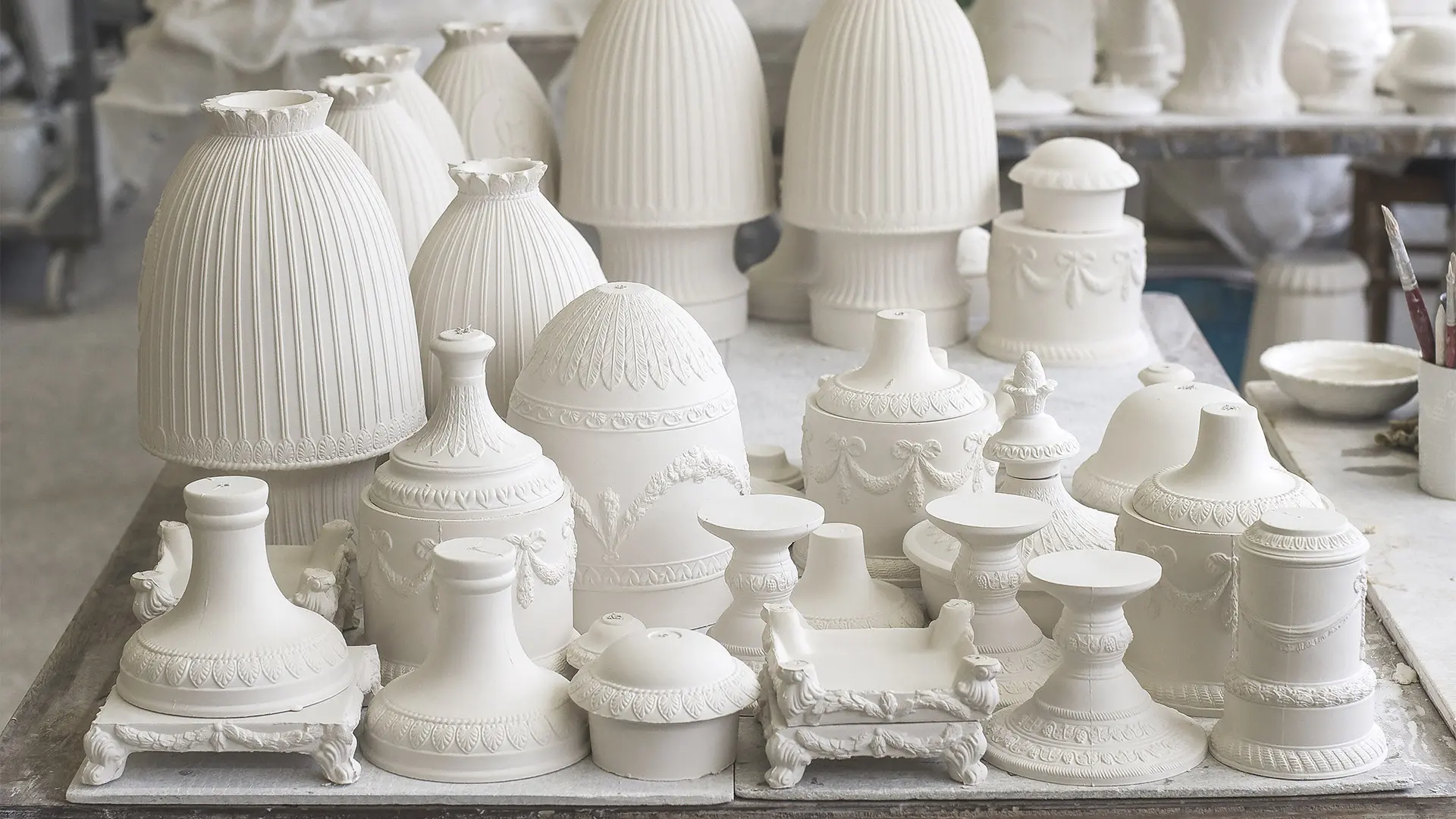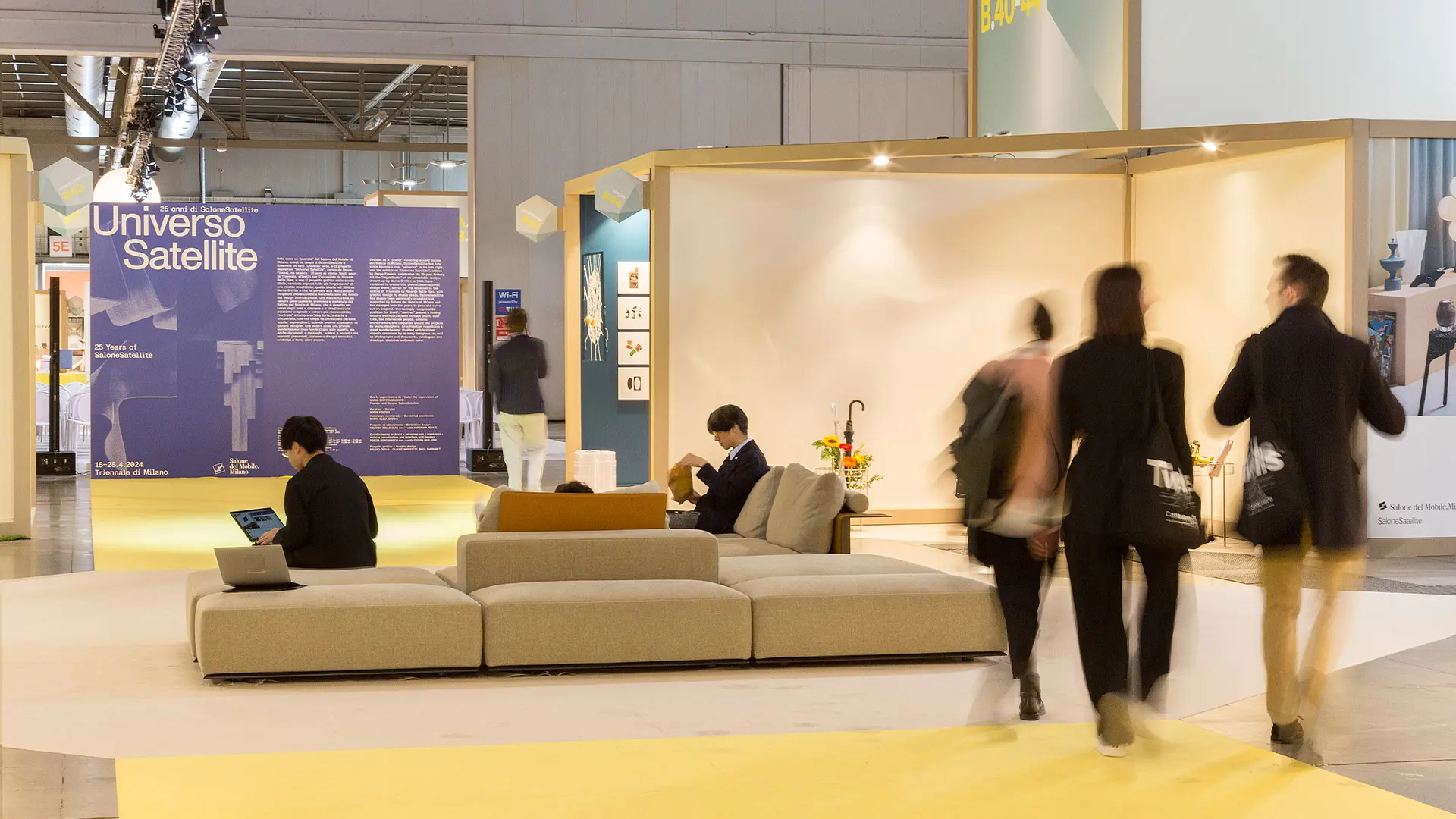Villari: the Pop luxury of white gold

Villari
With products exported to all four corners of the earth, the Veneto-based company is unafraid of reinventing the codes of porcelain. Without neglecting the taste for classic pieces, whilst also blending the contemporary with the craftsmanship of its designers
Many stories of Italian industry are similar, but every story is special in its own particular way. Villari, one of the leading representatives of Italy’s artistic porcelain production, is a jewel in the crown for its classic style, exported to all four corners of the earth. The spark driving this Veneto-based company was triggered during the boom years, when Italy started building a system of economic growth, manufacturing innovation and changing aesthetic codes. Mr and Mrs Villari exemplify this path of life and work: in 1967, Silvia and Cesare left their jobs as skilled workers to set up their eponymous company in Solagna, 70 km from Venice. They met working in the same porcelain factory in the Province of Vicenza, and together took a leap of faith to start up their own business venture, with a unique voice and approach to research.
During its early years, Villari focused on a specific genre: Capodimonte porcelain, developed in Naples in the 18th century under the aegis of Charles of Bourbon. Cesare, the factory’s fabulator of figuration and forms, tender of the archives and the final arbiter of the quality of the pieces produced, began to make small porcelain sculptures depicting people, animals and flowers. Richly decorated and hand-painted, the figurines boast an abundance of ornamentation and make decorative richness a feature that cannot fail to appeal to foreign markets. The same attention to detail also applies to tableware, such as plates, vases and tea sets, as well as to chandeliers, bowls and centrepieces, all testament to the same manual care, the same patient work. Some stylistic features, such as flowers and butterflies, became established as real distinctive hallmarks on pieces that are still to be found today in one of the temples to classic accessories, the Harrods department store in London, as well as in Villari's 30 single-brand stores around the world. The canons of the Baroque, Neapolitan and Italian, were followed by an exploration of other styles, such as neoclassical or French Empire, as in the Grande Impero collection, all bearing the same "alla Villari" stamp.
1998 marked a leap in scale and notoriety and was partly when the story started to take a unique turn. The American artist Jeff Koons became interested in the use of maxi-format porcelain and commissioned Villari to create two large sculptures. The first was a reinterpretation of a classical piece, Leonardo da Vinci’s St John the Baptist, famous for the iconic gesture of the saint’s hand which seems to address and communicate directly with whoever is looking at it. The second oozes Pop from every pore, and is a sculpture called Michael Jackson and Bubbles, which portrays the American star with his small chimpanzee painted in 24-carat gold. The leap in notoriety was immediate: in 2001, the Sotheby's auction house sold Jackson for 6.5 million dollars. The pieces made their way around the world's leading contemporary art museums, prime showcases for the company's savoir-faire. The technical challenge underlying the production of these works – over one hundred different pieces were put together to produce this structured work on a human scale - can justly be said to have been met.
The arrival of the second generation heralded another metamorphosis, another shift in the story of Villari. Alessandra, Barbara and Leone, Silvia and Cesare’s children, are also designers, cultivate their own artistic interests and are familiar with the codes that mark out luxury in the new millennium. There is an awareness that, while the taste for the classic and the propensity for ornamentation continue to appeal to some types of market, others find porcelain more difficult to place. This has triggered a progressive process of renewal of the collections, as echoed by the involvement of international designers, brought in to rethink not only the decorative schemes, but also the very use of porcelain within homes with new rules for entertaining and day-to-day living. The predilection for the Baroque became diluted, and a new, more strictly design-related vision emerged, based on the articulation of a specific concept, capable of renewing itself collection after collection.
The scale of application and the materials employed have also changed. Now with a powerful language all its own, Villari has broadened its horizons to include the world of interior design with the production of furniture under the Home Villari label. In addition to porcelain, the protagonists now include Murano glass, metal and leather, which take the form of tables and coffee tables, consoles, trolleys, even mirrors and chairs. The world of bathroom accessories is also well represented, as is that of fragrances, complementing Villari's broader definition of the meaning of space and hospitality.
The new products presented at the latest Salone del Mobile.Milano were particularly illustrative of the journey through time and space undertaken by the latest Villari generation. Classic Baroque dovetailed seamlessly with pieces by a number of contemporary designers, such as Fabio Novembre, Ora Ito, Kunal and Vibha Mehta of the Kvar studio in Mumbai, and Thomas Fuchs. An imposing Louis XIV chandelier dominated the stand, rubbing shoulders with elusive masks, horses, abstract vases, wallpaper echoing motifs of lush flora or serpents in the Garden of Eden. Opulence was by no means dispensed with, but took on a more enigmatic and sometimes more minimalist look, without compromising undimmed executive complexity. The aura of white gold, imported by Marco Polo, and which remained a mystery for hundreds of years, reinterprets symbols and evokes imagery, maintaining its sumptuous character, while taking on a new guise for those curious enough to look closely.

































